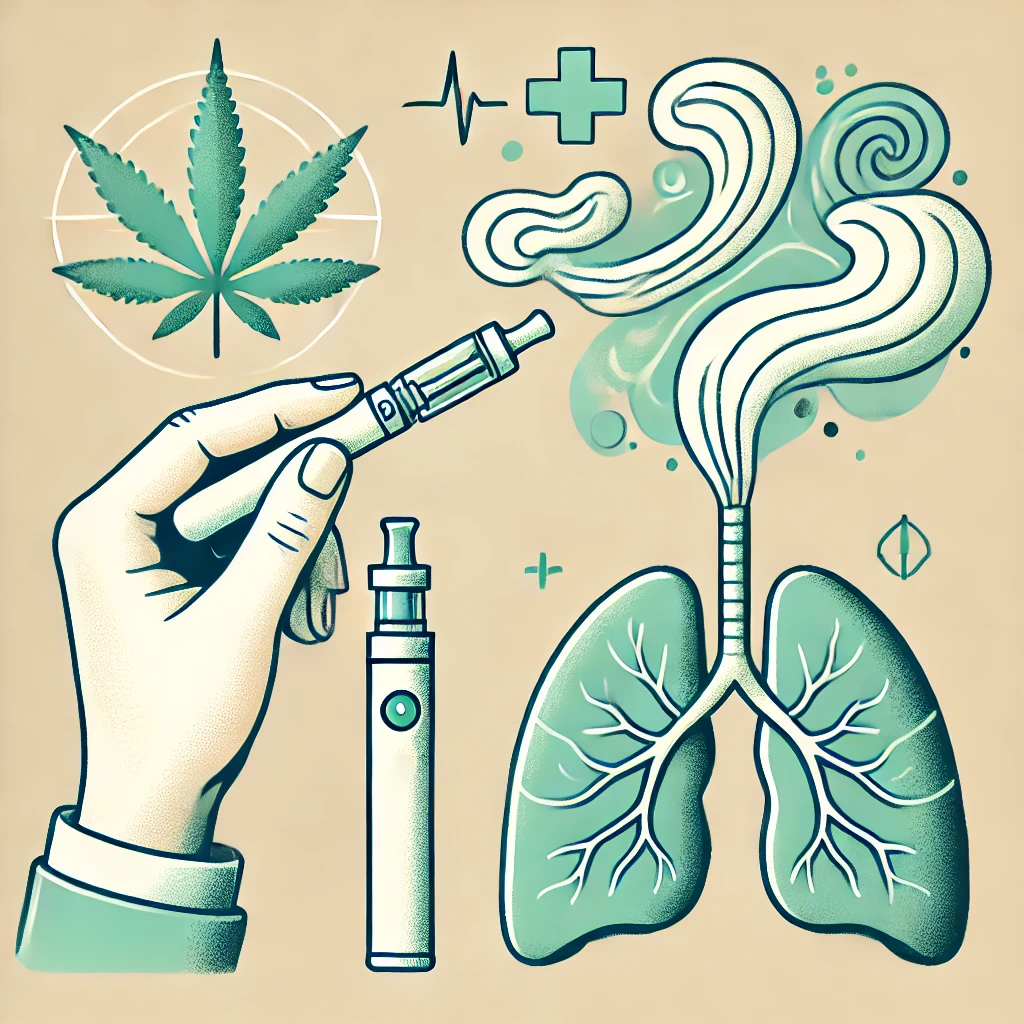Cannabis And Pain
Complex Regional Pain Syndrome and Marijuana: A New Frontier in Pain Management
Introduction
Complex Regional Pain Syndrome (CRPS) is a chronic pain condition typically affecting a limb after an injury, surgery, stroke, or heart attack. Characterized by severe, persistent pain, CRPS remains a challenging condition to manage. Traditional treatments often fall short, leading many patients to explore alternative therapies. One promising option is the use of marijuana, particularly its active component, tetrahydrocannabinol (THC), which may provide relief from the intense pain associated with CRPS.
How THC Can Help Manage CRPS Pain
THC, a cannabinoid found in marijuana, interacts with the body’s endocannabinoid system (ECS), which plays a crucial role in pain regulation. By binding to cannabinoid receptors (CB1 and CB2) within the ECS, THC may reduce the pain signals sent to the brain. This mechanism can help in alleviating the constant and often unbearable pain experienced by CRPS patients.
For example, imagine someone with CRPS feels like their affected limb is constantly on fire. Traditional pain medications might dull the sensation slightly, but THC has the potential to significantly reduce the intensity of these “flames,” offering a sense of relief that many other treatments fail to provide.

Methods of Administration
When considering marijuana for CRPS, several methods of administration are available, each with its own set of benefits and potential side effects.
1. Inhalation (Smoking/Vaping):
Smoking or vaping marijuana delivers THC directly into the bloodstream via the lungs, providing rapid relief. However, this method may cause respiratory issues and is not suitable for individuals with lung conditions.
2. Oral Consumption (Edibles/Capsules):
Edibles and capsules offer a longer-lasting effect, as THC is metabolized by the liver before entering the bloodstream. The onset of relief is slower, but the effects can last several hours, making it a good option for prolonged pain management. However, the delayed onset might not be ideal for immediate relief.
3. Topical Applications (Creams/Ointments):
THC-infused creams and ointments can be applied directly to the painful area, targeting pain locally without affecting the rest of the body. This method is ideal for patients who prefer not to experience the psychoactive effects of THC.
4. Sublingual Administration (Tinctures/Sprays):
Tinctures and sprays are placed under the tongue, allowing THC to be absorbed into the bloodstream quickly. This method offers a balance between fast relief and ease of use.
Potential Side Effects While THC can be beneficial, it is not without side effects. Common issues include:
– Dizziness:
A sudden drop in blood pressure or the psychoactive effects of THC can lead to dizziness, especially in new users.
– Anxiety:
In some individuals, THC may exacerbate anxiety, particularly in high doses.
– Dry Mouth:
Known as “cottonmouth,” this is a common side effect of marijuana use and can be managed by staying hydrated.
– Impaired Memory and Coordination:
High doses of THC can impair short-term memory and motor skills, which may affect daily activities.
Conclusion
Marijuana, particularly THC, represents a new frontier in managing the intense pain associated with CRPS. While it offers promising relief, it is essential to consider the method of administration and potential side effects. Consulting with a healthcare provider is crucial to determine the best approach for each individual. As research continues, marijuana could become a cornerstone in the treatment of CRPS, offering hope to those who have found little relief through conventional means.